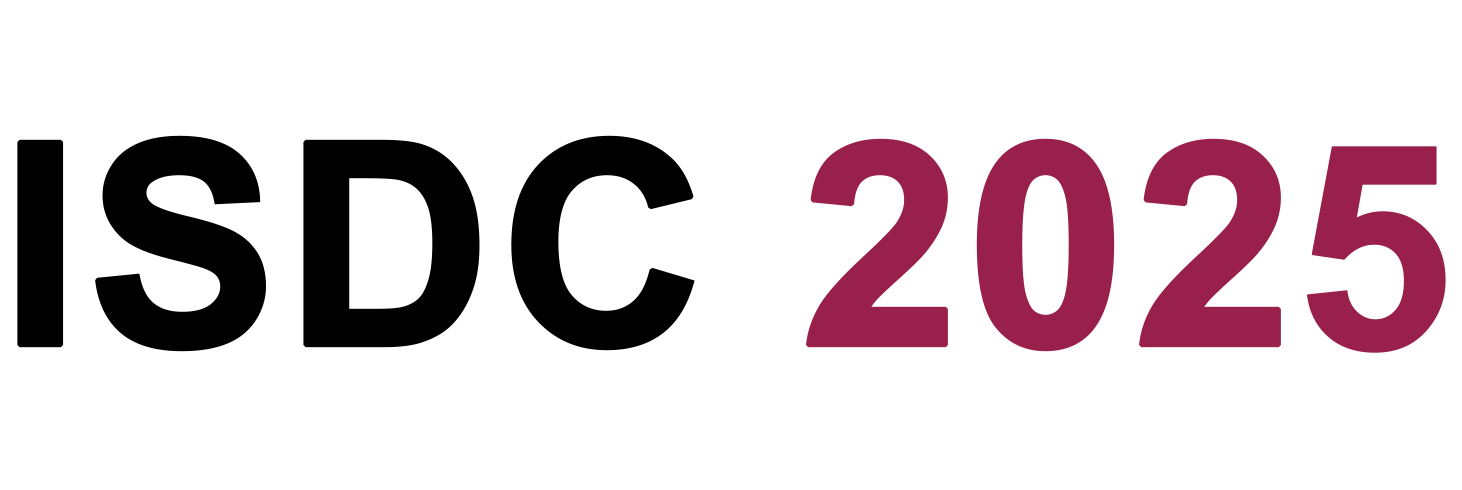
Towards an Internally Consistent Representation of All Planetary Boundaries - Using the World-Earth Model FRIDA
Wednesday, July 30, 2025, 5:45 AM
Session: Student Plenary (Morning, 30th of July)
The planetary boundaries (PBs) framework defines a "safe operating space" based on nine key Earth system processes. Out of these, four are terrestrial, and their primary driver of transgression is agriculture. To better understand how agricultural activities might further influence the terrestrial PBs, it is essential to model their drivers and interactions over time. A helpful tool for studying complex dynamic relationships like these are World-Earth models, in particular FRIDA, because it aims to provide an internally consistent representation of many societal and Earth system processes. We develop a PBs module within FRIDA, representing the climate change PB and the four terrestrial PBs: biosphere integrity, land system change, freshwater use and biogeochemical flows. In total, seven different PB control variables are implemented across the five PBs studied, using both directly related variables in FRIDA and proxies related to the calculations using assumed relationships based on literature. By running the FRIDA model in a scenario governed by endogenous model behaviour (i.e. with nearly no external forcing of the model), the PB quantifications are validated against values documented in the literature. Since FRIDA is still under active development, this should be seen as a first effort to integrate PB status quantification and analysis into such a model. The results show overarching agreement with independent, earlier estimates of PB control variable time series on whether the control variables are in the safe operating space, the zone of increasing risk or the high-risk zone at a given point of time. However, some notable differences still occur, which may be attributed to the proxies developed to account for some relevant processes not currently represented in FRIDA. Overall, we demonstrate the general suitability of the FRIDA model for simulating PB trajectories and its potential to represent and analyse their drivers and interactions. Based on these results, we aim to represent all nine PBs in the PBs module of FRIDA, which could build an intuition for the more complex dynamics of the actual Earth system. The PBs module will be expanded to represent the four PBs currently missing therein: ocean acidification, atmospheric aerosol loading, stratospheric ozone depletion and novel entities. In addition, the existing representations of PBs will be refined, as relevant.
Presenters:
Axel Eriksson,
Jannes Breier,
David Collste,
Dieter Gerten,
Lars J. Nilsson,
Billy Schoenberg
Download Supplementary Materials